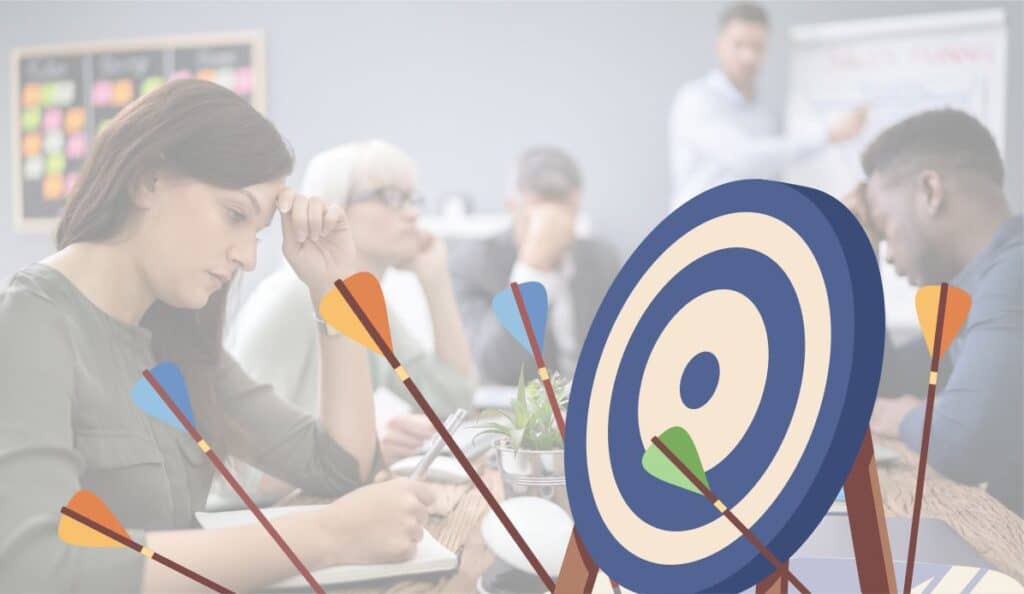
Customer Service Training Mistake #3:
Not Using Evidence-Based Content
There is no excuse for poor content in a customer service course
I often think that, if chemistry was taught as haphazardly as customer service often is, there would be a lot more unintended explosions in the classroom.
There is a huge amount of misinformation and misconceptions on the skills, behaviors and mindsets for creating outstanding customer service. And these are way too often included in training programs, severely impacting the results of the learning, as well as the credibility.
I have, over the years, heard people cite unsupported theories and questionable statistics. I’ve seen deep dives into “customer personality types” that are neither useful nor accurate, bogus body language techniques and so on. There’s just no excuse for that.
Your content needs to be both credible and powerful
The thing is, there is a colossal amount of science for creating outstanding customer service. Heavily researched skills and behaviours that create consistently reproducible outcomes. That’s the content that needs to be in your courses. That is what leads to learning that are both credible and powerful.
Don’t learn the lesson the hard way – like I did
One of my more embarrassing lessons happened some twenty years ago. I was leading a workshop on customer service, and had made reference to a frequently cited statistic about the different ways people learn – visual, auditory, kinaesthetic, tactile – that sort of thing. It wasn’t the first time I’d referenced it, but it was certainly the last.
A young woman in the back of the class raised her hand and asked me what the source of this statistic was. It was a good question – but one I wasn’t prepared for. It was the first time anyone had ever asked.
I confessed that I didn’t know offhand, but promised to get back to her with the information.
73.8% of all statistics people use are just made up
My wake-up call came very shortly after I got back to my hotel room to find the source of this information. To my horror, I discovered that there apparently was no source. Oh, I found tons of references, but never the original source of the data. It was just people quoting other people who were quoting other people, etc.
It was a wake-up call I’ll never forget
I can honestly say that it was the most embarrassed I’ve ever been in my career. I was mortified, because I had jeopardized not just my credibility, but my company’s credibility. I vowed then that I would never put myself or any of our trainers in that position again.
From that day forward, we began ruthlessly vetting every skill and every scrap of content in our courses. It is a practice that has served us well, and I’ve often wished I could recall who that participant was so that I could thank her for the lesson.
An interesting end to the story
There’s an interesting end to the story. Fast forward to 2018, and a truckload of research has absolutely disproved the learning style theories. Most recently, two researchers at Indiana University School of Medicine determined there was absolutely no relationship between perceived learning styles and actual learning.











